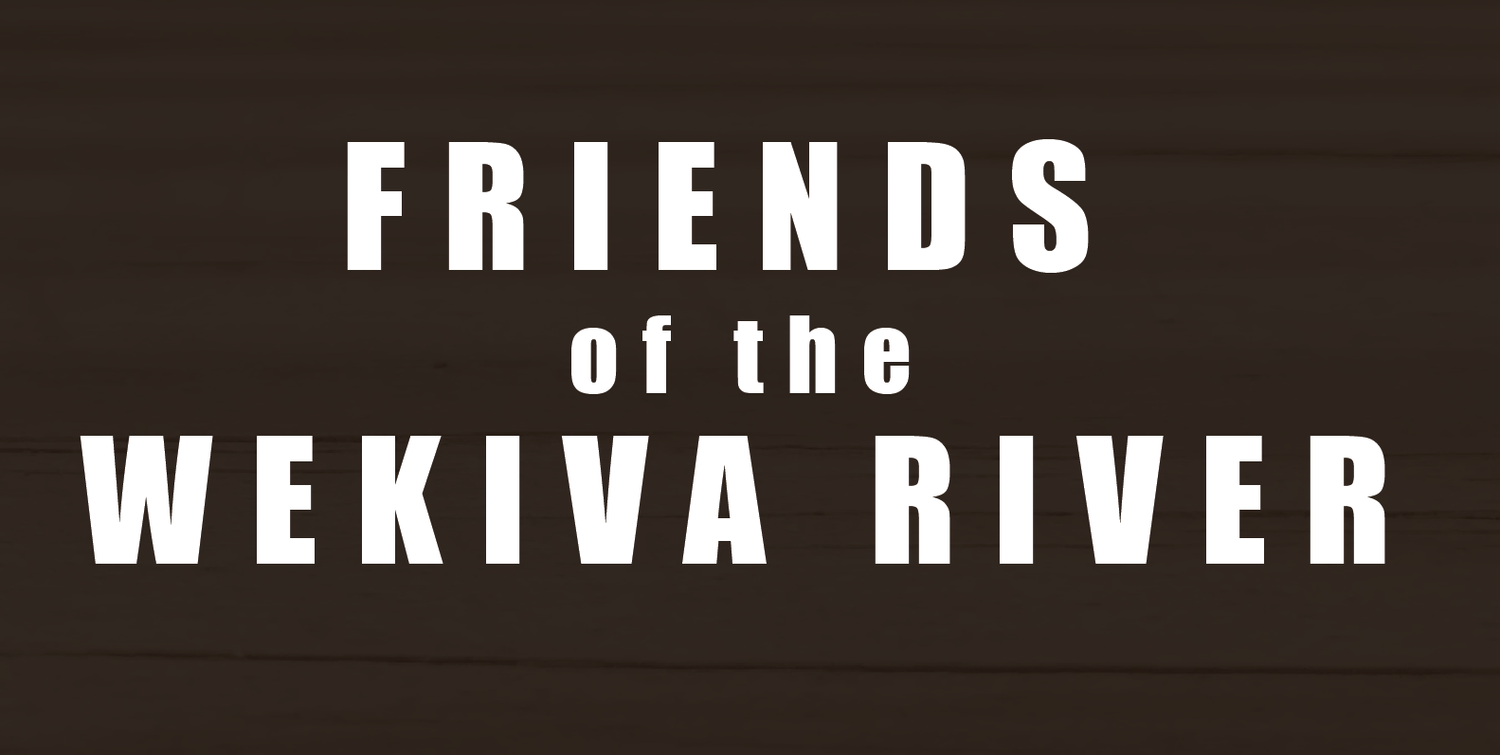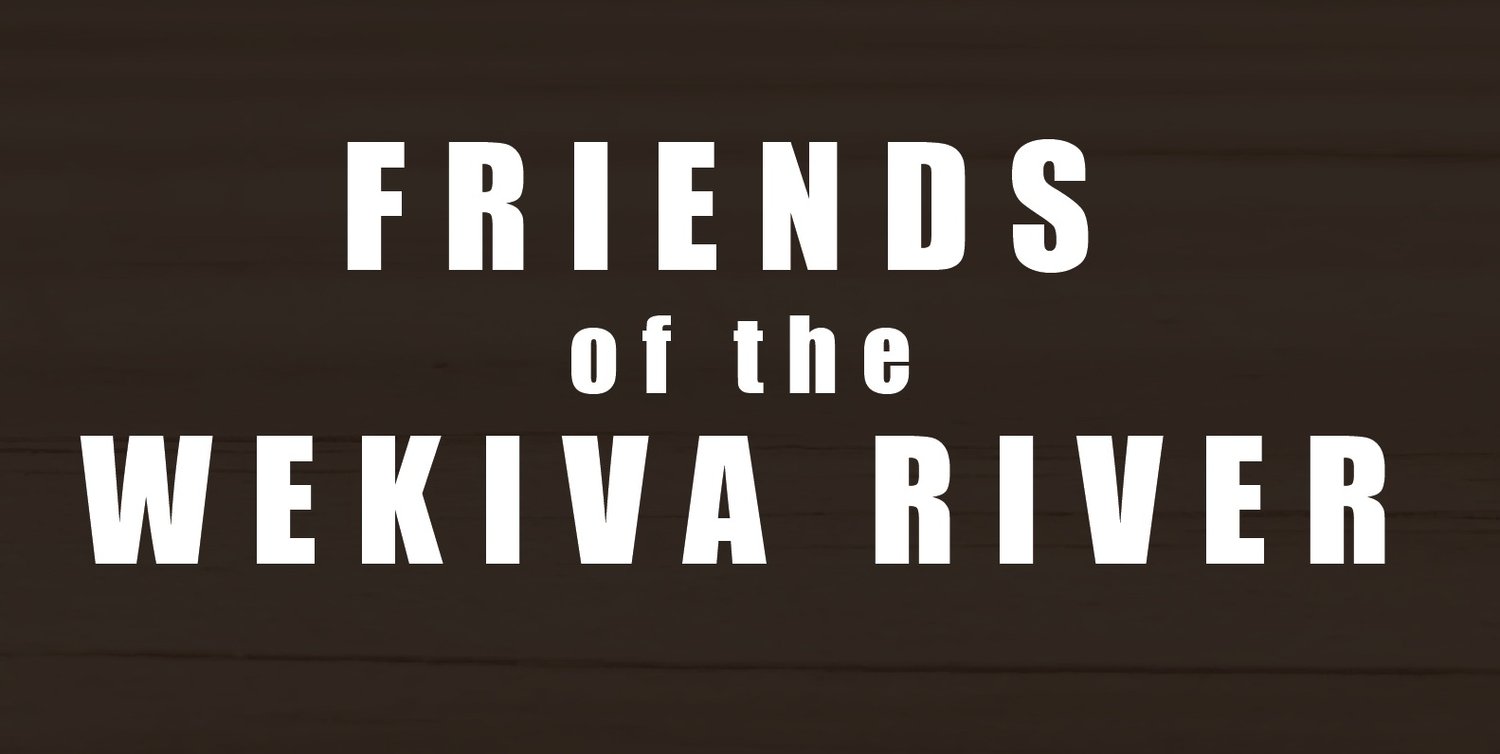Rolling on the Wild and Scenic Wekiva River
By Patricia Wilson
In 1968, NASA astronaut Willam “Bill” Anders took an iconic photo of the Earth rising over the Moon. That breathtaking view of our planet, captured while Anders and the rest of the Apollo 8 crew were orbiting the Moon, became known as Earthrise. From the great distance of space, the Earth suddenly looked very fragile.
Starting in the early 1960s, there had been a growing realization that some of our nation’s rivers had been catching on fire (since as far back as the late 1800s) and that our water and air were becoming increasingly polluted. Alarmed, the country’s leaders began taking steps to protect what could not be reclaimed once lost.
In 1968, the National Wild and Scenic Rivers System was created by Congress, affording select rivers protection from development – and hopefully from pollution. These rivers have outstanding cultural, scenic, geologic, and recreational value for current and future generations. This special designation gives these free-flowing river systems the strongest oversight that federal law allows.
Florida Makes the List
There are only 226 such rivers in all of the United States and Puerto Rico. Some are well known, such as the Snake River in the Pacific Northwest and the Rio Grande River, one of the longest in North America. Florida has two bodies of water designated as Wild and Scenic: the Loxahatchee River, which winds through Palm Beach and Martin counties; and the 16-mile Wekiva River, which starts in Apopka and runs through Seminole and Lake counties to join the St. Johns River. The name Wekiva is a Creek-Seminole word meaning spring of water. The moniker is most appropriate, being that the Wekiva River is largely fed from springs of the Floridan aquifer system, although runoff from land does enter the waterway.
Rivers naturally have a basin, or catchment area, where rain, small creeks, and runoff from roads and yards run into the water. That is why the St. Johns River Water Management District has guidelines about fertilizer use from June to October. In the summer, excess nitrogen from fertilizer and septic tanks causes algae blooms in rivers and lakes that foul the water and kill fish. Basins around the Wekiva and other Wild and Scenic Rivers are supposed to be limited in the density and type of buildings allowed there because housing and businesses such as gas stations or those with large paved parking lots can affect the flow and quality of water entering a river.
In Seminole County, the idea is to keep density at just one home per acre in the basin so that the river is supplied with clean water running off land that’s less contaminated with commercial or household chemicals and waste. There is also an ongoing effort in Seminole County to switch from septic to sewer systems to help keep the river clean.
In Our Own Backyards
We are fortunate to have a Wild and Scenic River right here in our community. The Wekiva River not only supplies us with drinking water but also affords us unparalleled recreational opportunities such as camping, canoeing, kayaking, swimming, fishing, hiking, birding, and photography in one of the most unspoiled areas in Florida. These areas are also special places for wildlife to live and thrive. We can help keep our river healthy by advocating to lawmakers or working with environmental groups to help keep this pristine place off- limits to the constant pressures of development.
Visit Wekiwa Springs State Park, Katie’s Landing at Wekiva River, Wilson Landing Park, or Lower Wekiva River Preserve State Park. Prepare to be amazed. Have a picnic, get out on the water, and take plenty of photos. The stunning Wekiva River makes life a little better for us all.
To learn more about the National Wild and Scenic Rivers System, visit Rivers.gov.
The Wekiva River, which is part of the National Wild and Scenic Rivers System. Photo credit : Friends of the Wekiva River
Patricia Wilson moved to Orlando in 1990 and since then has been involved in understanding the science of Florida’s unique environmental issues. She has volunteered with NOAA’s Marine Microplastics Program and has worked with the American Association of University Women to develop a free educational program about how simple choices that we make can help improve water quality.



